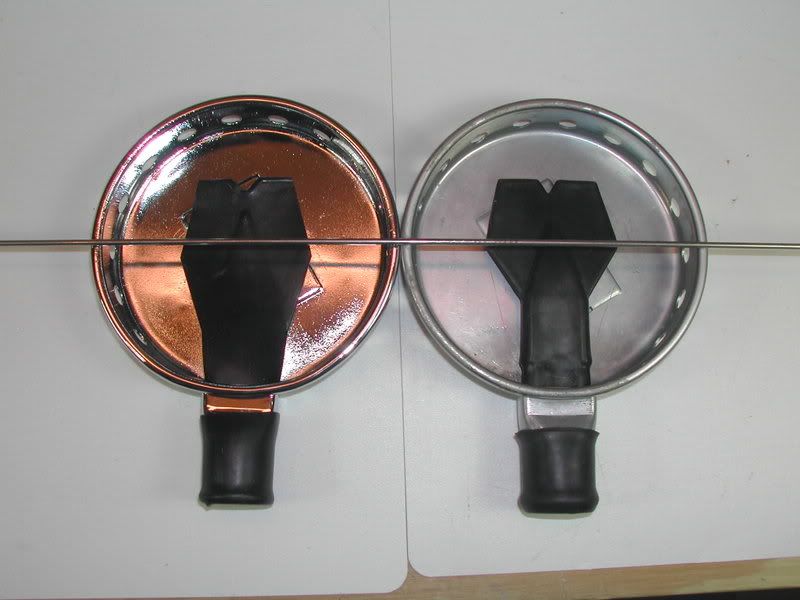Most of the hoses around a few years ago were the heavy EDPM rubber. Some were better than others. I actually have one set of the EDPM that I like. The vss Super Stretch hoses are also the EDPM rubber.
Then the "English" sourced neoprene hoses were available with mold marks and authentic colors. Then the "English" then source switched to silicone, the colors were a bit soft but still acceptable, still had mold seams and were now somewhat on the light side but, again, still excellent.
Then vdh came up with his current line of gray, green, black, yellow silicone hoses which are remarkably nice and the price is great too.
There are also now some gray and I think black neoprene hoses from vss that are very authentic in feel and weight.
That is sorta the incomplete history of recent hoseshenanigans. There have been a few minor players that offered bright yellow hoses and a few almost players.
And all of that without the history and evolution of modern duckbills, cage valves, nozzle bodies and mouthpieces. Perhaps some day there will be written a history of the history of the modern reincarnation of the double hose.
N
Then the "English" sourced neoprene hoses were available with mold marks and authentic colors. Then the "English" then source switched to silicone, the colors were a bit soft but still acceptable, still had mold seams and were now somewhat on the light side but, again, still excellent.
Then vdh came up with his current line of gray, green, black, yellow silicone hoses which are remarkably nice and the price is great too.
There are also now some gray and I think black neoprene hoses from vss that are very authentic in feel and weight.
That is sorta the incomplete history of recent hoseshenanigans. There have been a few minor players that offered bright yellow hoses and a few almost players.
And all of that without the history and evolution of modern duckbills, cage valves, nozzle bodies and mouthpieces. Perhaps some day there will be written a history of the history of the modern reincarnation of the double hose.
N






